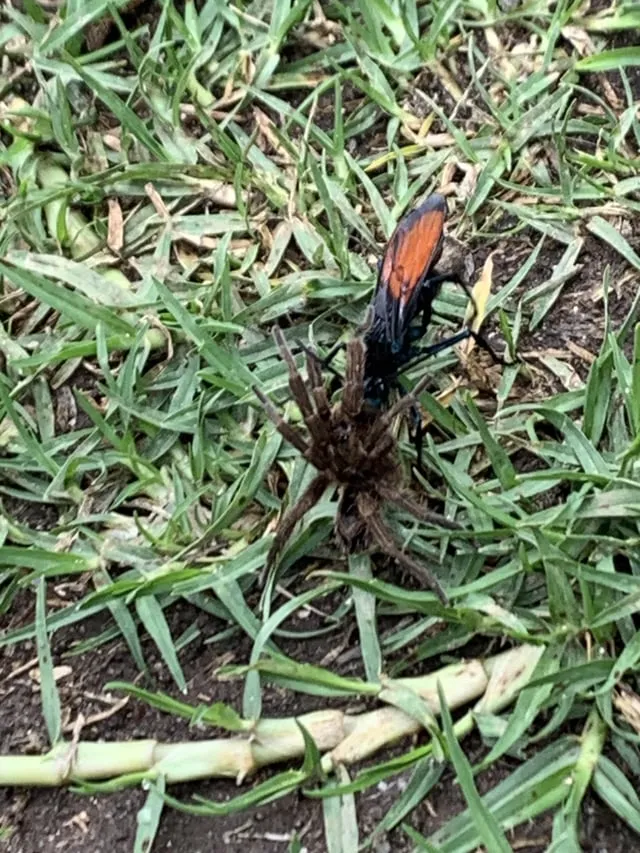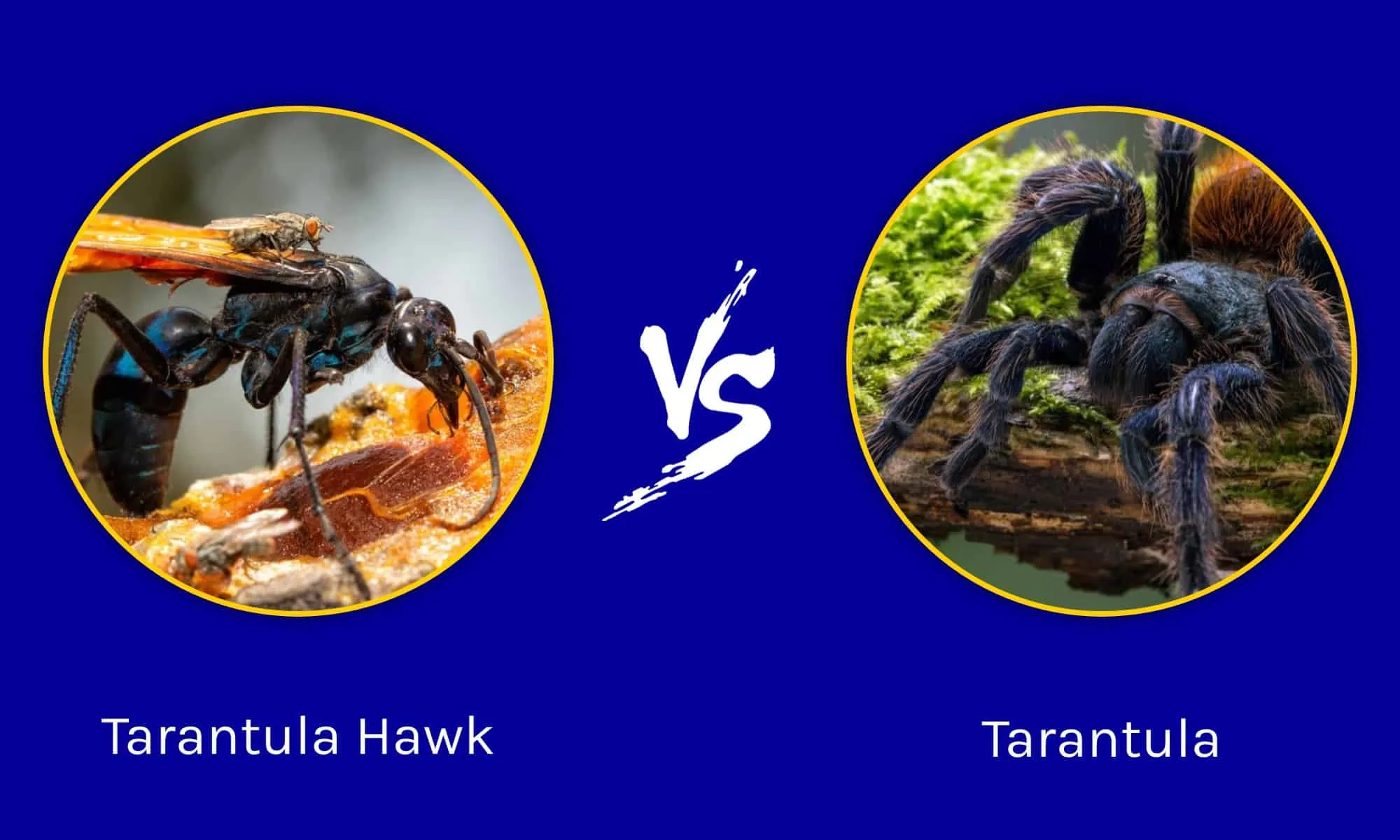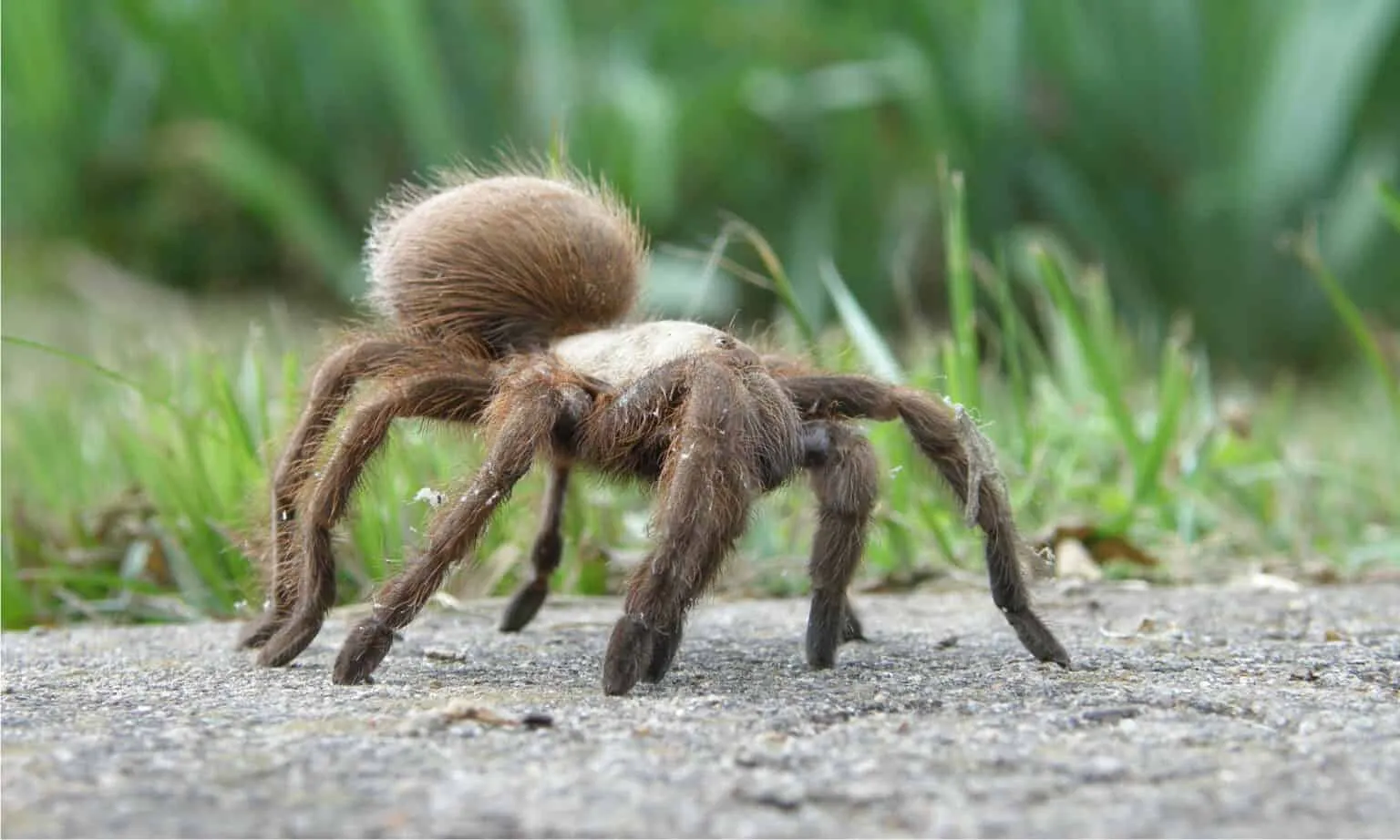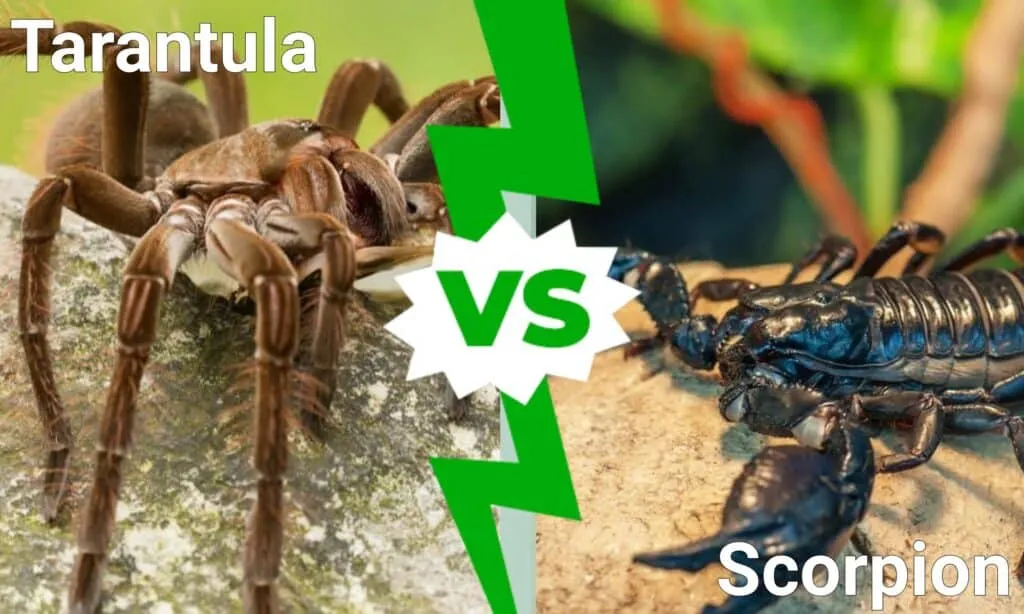Cobra vs Tarantula The Ultimate Showdown
The natural world is full of dramatic confrontations, and few are as captivating as a potential battle between a cobra and a tarantula. These two creatures, representing vastly different evolutionary paths, possess unique strengths and weaknesses. The cobra, a highly venomous snake, and the tarantula, a large, formidable spider, are both apex predators in their respective ecosystems. This article delves into the specifics of their biology, their fighting styles, and the likely outcomes of a hypothetical battle, providing an in-depth analysis of what a real-life showdown might entail. Let’s explore the deadly dance between these two titans of the wild, focusing on what makes each one a successful hunter and survivor.
Understanding the Cobra Deadly Hunter
Cobras are renowned for their potent venom and agile hunting techniques. They are found in various regions, primarily in Asia and Africa, and have adapted to thrive in diverse habitats, from grasslands to forests. Their reputation is built on their ability to deliver a deadly bite, often with lightning-fast speed. Their entire physiology is geared towards the acquisition of food and defense against predators. This section will examine the cobra’s specific advantages and the ways in which it dominates its environment.
Cobra Venom and Abilities

The cobra’s venom is a complex cocktail of neurotoxins and cytotoxins. This venom is designed to paralyze its prey or cause tissue damage, quickly incapacitating them. Moreover, the cobra’s ability to expand its ribs and form a hood is a classic display that warns potential threats. The hood isn’t just for show; it also allows the cobra to appear larger and more intimidating. Besides its venom and hood, cobras have excellent eyesight and can strike with incredible precision, making them highly efficient predators. These abilities help to make the cobra a very dangerous adversary in any combat scenario.
Cobra Hunting Strategies
Cobras typically hunt by ambush, waiting patiently for prey to come within striking distance. They are capable of delivering a quick, accurate bite, often injecting a substantial amount of venom. After the bite, they may either hold onto their prey or retreat to allow the venom to take effect. Once the prey is paralyzed or dead, the cobra will then swallow it whole. Their hunting strategies are adapted to maximize their success in various environments. Cobras also have the ability to track prey, even if it moves a considerable distance after being bitten. This relentless pursuit is one of their most effective tactics.
Understanding the Tarantula The Arachnid Challenger
Tarantulas, with their large size and imposing appearance, are formidable arachnids found in many parts of the world. These spiders are equipped with unique defense mechanisms and hunting strategies that make them very effective predators. They possess a variety of adaptations that allow them to survive in diverse environments. This section will explore the tarantula’s defense mechanisms and how they approach hunting, giving insights into how they might fare against a cobra.
Tarantula Venom and Defenses

Tarantulas also possess venom, which they use to subdue prey. Their venom, while typically not lethal to humans, can cause significant pain and discomfort. Beyond venom, tarantulas have other defenses. Many species have urticating hairs on their abdomen that they can flick at threats, causing irritation. Their large fangs are also a significant deterrent, capable of delivering a painful bite. The combination of venom, hairs, and fangs provides the tarantula with a multi-layered defense system against potential predators.
Tarantula Hunting Strategies
Tarantulas are primarily ambush predators, often waiting in burrows or hidden locations to capture unsuspecting prey. They rely on vibration and sensing movements to detect potential meals. When prey comes close enough, the tarantula will quickly pounce and inject its venom. Tarantulas typically feed on insects, small reptiles, and even birds. Their hunting techniques require patience and a keen sense of their surroundings, making them exceptionally well-suited to their predatory lifestyle. They are capable of delivering a swift and decisive attack.
Cobra vs Tarantula Battle Analysis
Analyzing the potential encounter between a cobra and a tarantula requires a comparison of their physical and defensive capabilities. The outcome hinges on these aspects. The size, strength, venom, and hunting skills of each animal play critical roles in determining the victor. Careful consideration of these elements will allow us to speculate on the most probable results of such a confrontation.
Physical Confrontation Size and Strength

Cobras and tarantulas can vary in size depending on the species. Larger cobra species can be significantly longer and heavier than even the largest tarantulas. This size difference often gives the cobra an advantage in terms of reach and strength. However, the tarantula’s powerful legs and fangs can deliver a surprisingly strong defensive bite. The overall size difference would likely favor the cobra in a direct physical confrontation, giving it the upper hand in a struggle.
Venom Lethality Comparison
The toxicity of venom differs considerably between cobras and tarantulas. Cobra venom is highly potent and is designed to quickly neutralize its prey. It contains neurotoxins that paralyze the nervous system and cause rapid death. Tarantula venom, on the other hand, is typically less lethal to larger animals, primarily causing pain and localized symptoms. In a battle scenario, the cobra’s highly effective venom provides a significant advantage, allowing it to incapacitate its opponent more swiftly and effectively. The potency of the cobra’s venom is a key factor in determining the battle’s outcome.
Hunting Skills Cobra vs Tarantula
Both cobras and tarantulas are effective hunters, but their methods differ significantly. The cobra’s active hunting style and venomous bite give it a higher probability of success in open confrontations. The tarantula’s ambush strategy can be very effective against smaller prey, but it may be less advantageous against a fast-moving predator like a cobra. The cobra’s superior hunting abilities and venom potentially give it a greater chance of success against the tarantula.
Cobra vs Tarantula Potential Outcomes

Predicting the outcome of a cobra versus tarantula fight is complex. The result depends on multiple factors, including the species involved, the environment, and the individual animal’s health. However, some likely scenarios can be constructed based on their natural behaviors and capabilities.
Scenario 1 Cobra Advantage
In a scenario where the cobra successfully bites the tarantula and injects a significant amount of venom, the outcome would heavily favor the cobra. The venom would swiftly incapacitate the tarantula, giving the cobra the opportunity to consume it or simply move on. The cobra’s superior venom and hunting strategy would make this the most probable outcome if the cobra manages to strike first and deliver a successful bite.
Scenario 2 Tarantula Advantage
While less likely, there are situations where the tarantula could gain an advantage. If the tarantula could successfully use its urticating hairs to irritate and distract the cobra, or if it could deliver a bite to a vulnerable spot, it might survive. However, the chances of this happening are comparatively low due to the cobra’s quick reflexes and potent venom. The tarantula’s best chance would depend on a combination of defensive tactics.
Factors Influencing the Battle

Multiple factors can influence the outcome of a cobra-tarantula battle. The specific species of cobra and tarantula would play a role, as some species have more potent venom or more aggressive defenses. The environment is also crucial, as the availability of cover or escape routes could impact the fight. The overall health and condition of the individual animals involved would also determine their chances of success. These factors introduce a level of uncertainty into predicting the exact outcome.
Conclusion The Winner is…
Based on the analysis of their respective strengths and weaknesses, the cobra would likely have the upper hand in a battle against a tarantula. The cobra’s potent venom, superior hunting skills, and greater size generally provide it with a significant advantage. While the tarantula could potentially defend itself with its defenses, the odds are stacked against it. In the grand showdown between these two creatures, the cobra is more likely to emerge victorious, thus showcasing nature’s complex and often brutal realities. The cobra’s superior venom, hunting techniques, and physical advantages make it the probable winner in this epic battle of survival.
